Cosmetic packaging design ideas are evolving quickly, driven by consumer demand, sustainability concerns, and market trends. Whether you’re launching a skincare brand or upgrading your current packaging, the right design can enhance product appeal, improve user experience, and increase brand loyalty. In this guide, we’ll explore creative and trendy cosmetic packaging design ideas with a realistic approach based on current industry standards.
Why Cosmetic Packaging Matters
Packaging is often the first interaction a customer has with a cosmetic product. In a competitive market, effective packaging goes beyond aesthetics. It influences perception, communicates brand values, and plays a critical role in purchasing decisions. Research shows that 72% of consumers say product packaging design influences their buying decision. This means your design choices can directly impact sales.
Minimalism in Cosmetic Design Ideas
Minimalist packaging continues to dominate shelves. It uses clean lines, simple typography, and neutral color palettes. This approach appeals to modern consumers who prefer transparency and functionality over decorative excess. Brands like The Ordinary and Glossier use minimalist design successfully to convey scientific accuracy and trust.
Minimalism is not just a trend. It reflects a growing consumer preference for clarity and simplicity. Products with fewer distractions on their labels often suggest honesty and straightforward formulation.
Sustainability and Eco-Friendly Materials
Sustainable packaging is no longer optional. A recent study found that 67% of consumers consider eco-friendly packaging an important factor when buying cosmetics. Recyclable materials, biodegradable containers, and refillable packaging are some of the top cosmetic packaging design ideas adopted by leading brands.
Paperboard tubes, glass jars, and aluminum tins are gaining popularity as alternatives to plastic. Brands like Lush and Ethique lead in plastic-free packaging, providing effective visual and functional designs while reducing environmental impact.
Incorporating sustainability also involves printing with soy-based inks or using waterless printing methods, which can appeal to environmentally conscious buyers.
Functionality and Ease of Use
Good design is not only about appearance. Cosmetic design ideas must also consider user convenience. For example, airless pump bottles help preserve product integrity by minimizing air exposure, while dropper bottles offer precise application.
Functional features like resealable pouches, magnetic closures, and travel-friendly sizes are being used in modern packaging to enhance the overall user experience. This type of practical design builds customer loyalty and supports repeat purchases.
Personalization in Packaging
Personalized packaging creates a sense of exclusivity. Some brands now offer customers the option to add names or custom messages to their product packaging. This small detail helps connect emotionally with consumers and increases the perceived value of the product.
Customization is supported by digital printing technology, which enables short runs of unique packaging designs at an affordable cost. As a result, indie beauty brands can stand out without investing in large-scale production.
Transparent Packaging to Build Trust
Transparency in packaging design literally and figuratively builds trust. Clear containers or windows allow customers to see the product before purchase. This is especially effective for items like foundations, serums, or scrubs where color and texture matter.
Beyond visuals, brands are also using transparent labeling to disclose ingredients and manufacturing processes. This type of clear communication aligns with today’s educated and ingredient-conscious consumers.
Bold Typography and Graphic Elements
Typography plays a key role in brand recognition. Bold, readable fonts make it easier for customers to identify your product on crowded shelves. It also helps create a strong visual hierarchy, guiding the eye to essential information like product name, ingredients, and benefits.
Graphic elements such as icons, patterns, and line art are commonly used to differentiate product lines or communicate product function. For example, a sun icon on a sunscreen or a water droplet symbol on a hydrating serum helps convey purpose at a glance.
Color Psychology in Packaging Design
Color influences consumer behavior. For example, green and blue shades are often used in natural skincare products because they evoke freshness and calmness. Pink and peach tones are popular in makeup packaging because they suggest softness and beauty.
Understanding color psychology can guide your cosmetic packaging design ideas. Consistency in your color palette across your product line can also strengthen brand identity and improve shelf presence.
Smart Packaging Technology
Some cosmetic brands are exploring smart packaging technologies. QR codes on packaging can lead customers to tutorials, ingredient information, or loyalty programs. NFC (Near Field Communication) tags allow users to tap their phone against a product to get real-time information.
Smart packaging enhances consumer engagement and can also help in tracking inventory, verifying authenticity, or offering interactive experiences.
Consistency Across Product Lines
Design consistency is essential when building a cohesive brand. Using the same font family, color palette, or layout format across different product types helps consumers identify your brand instantly.
For example, if your facial cleanser and moisturizer use similar packaging design elements, it suggests they belong to a skincare routine. This encourages customers to purchase multiple products from the same line.
Following Market Trends Without Losing Identity
Trends come and go, but it’s important not to follow every packaging trend blindly. Align your design choices with your brand values and target audience. Research what competitors are doing through search packaging methods, but always adapt the ideas to fit your brand identity.
Look at case studies of successful brands, analyze what works for your niche, and apply practical changes that reflect real market demand rather than seasonal hype.
Conclusion
Creative and trendy cosmetic packaging design ideas focus on both aesthetics and function. Minimalism, sustainability, personalization, smart technology, and bold typography are just a few directions to explore. By combining innovation with practical design, brands can create packaging that not only looks great but also builds trust, improves usability, and increases sales.
Using effective search packaging strategies and studying market leaders can guide your decisions and help your product stand out in a crowded industry. Whether you’re designing a new product or refreshing an existing line, stay focused on consumer needs and realistic design outcomes.

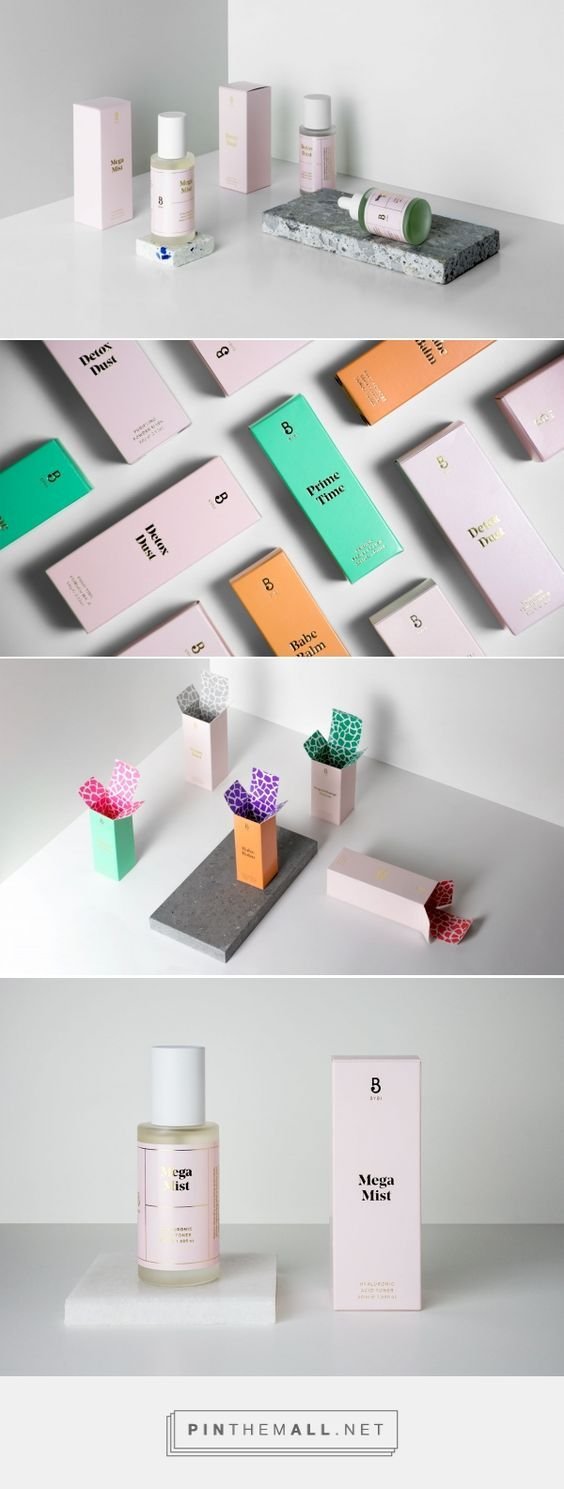

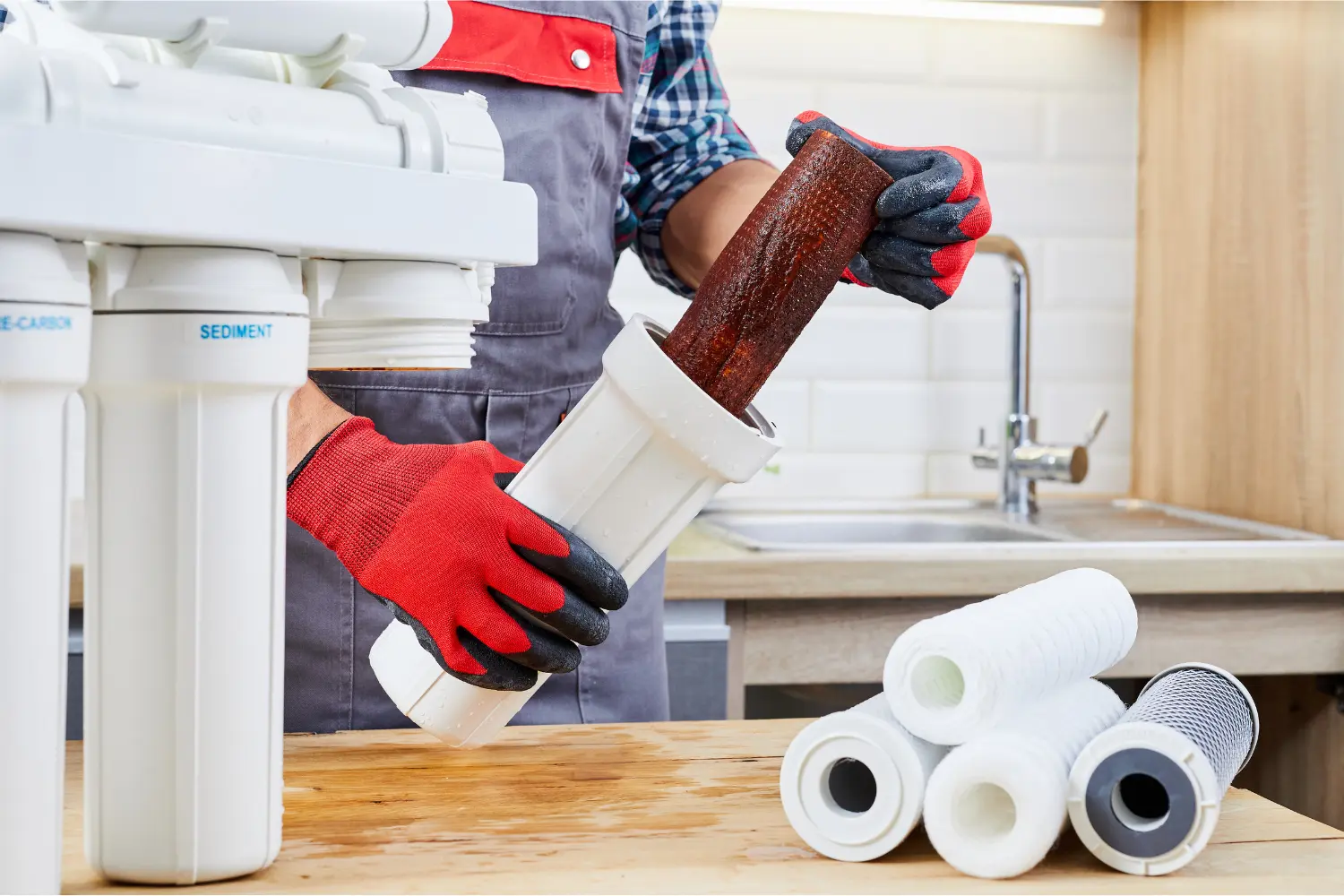




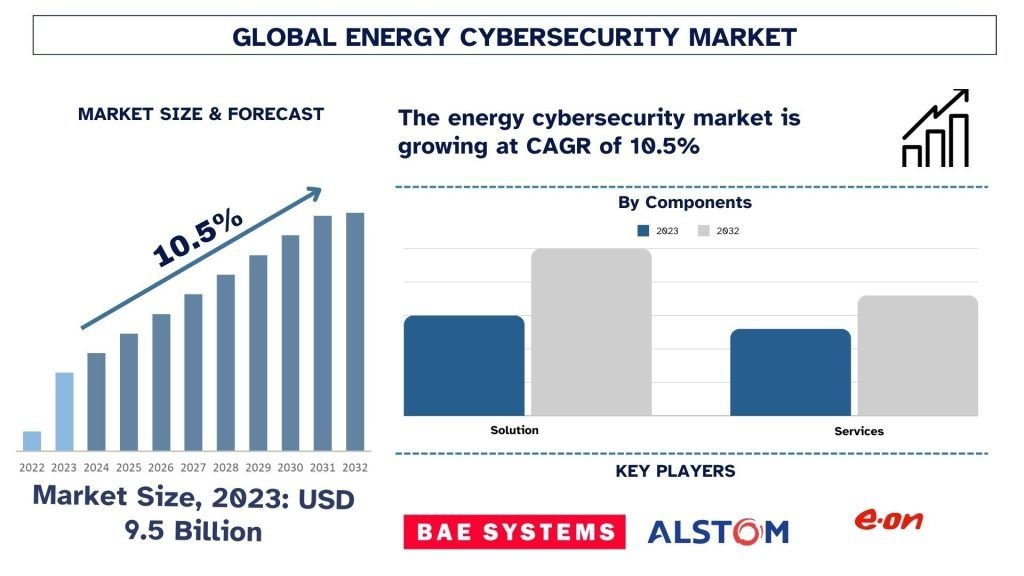
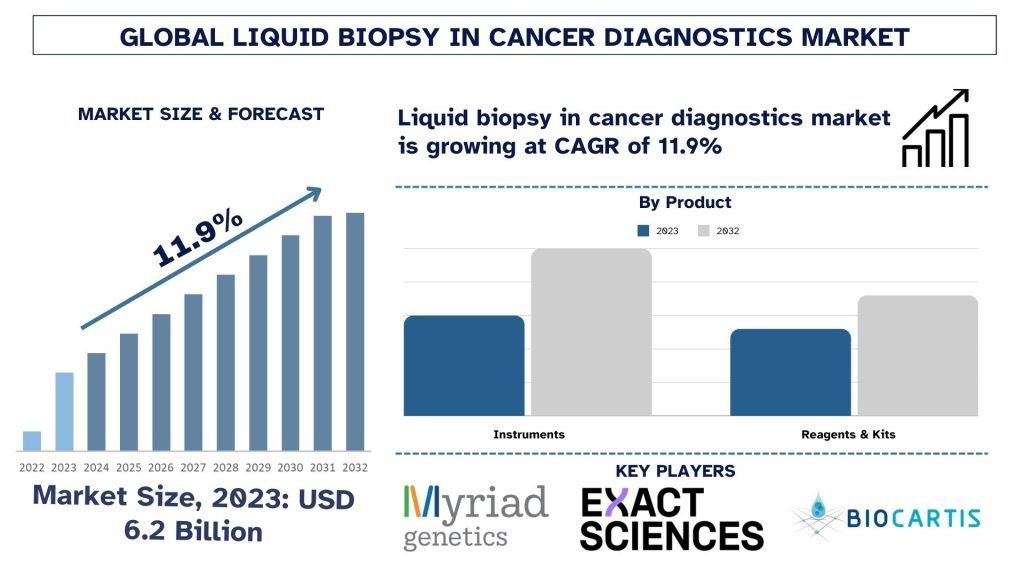
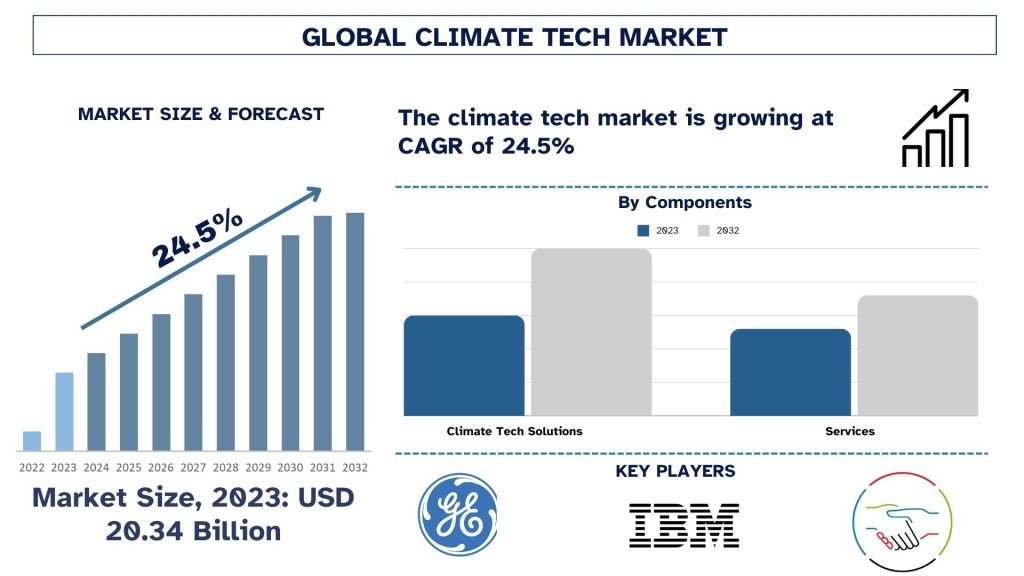
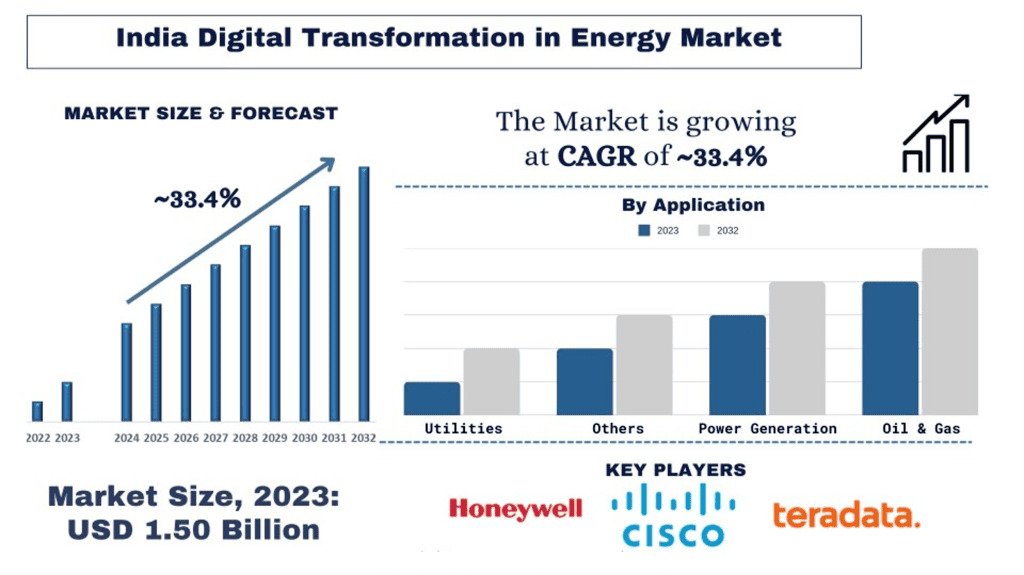
Leave a Reply